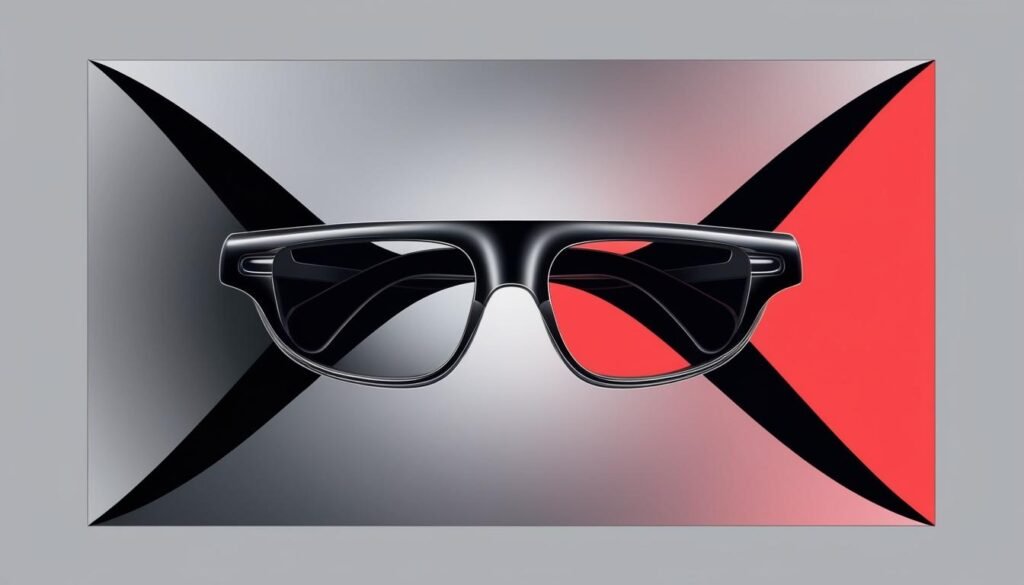Apple’s anticipated smartglasses are facing development delays due to technical, financial, and regulatory challenges, as the company focuses on delivering a high-quality product.
As the global tech community closely watches Apple’s advancements in augmented reality (AR), the company’s anticipated smartglasses appear to be several years away from release. Recent insights reveal that while the Vision Pro marks Apple’s significant stride into mixed-reality technologies, the smartglasses are experiencing delays largely due to the intricate challenges associated with developing such an innovative product.
Apple’s Vision Pro has set the framework for future AR developments by effectively merging the digital and physical realms through its spatial computing capabilities. However, the upcoming smartglasses, designed for everyday use, are poised to redefine lightweight AR experiences that could enhance daily activities like navigation and notifications. Their development is expected to enhance integration with existing Apple products, such as iPhones, and aim for a battery life that can support all-day usage.
The technical hurdles involved in launching the smartglasses cannot be overstated. Creating a spectacle that successfully balances performance, aesthetic appeal, and usability presents numerous engineering challenges. High demands for battery efficiency arise from the need for substantial processing power, while the development of advanced display technology that remains functional across varying light conditions adds another layer of complexity. Furthermore, significant processing capabilities are required for the devices to operate effectively without overheating or exhausting battery life prematurely.
Financial considerations also play a pivotal role. The existing landscape of AR technology complicates efforts to produce smartglasses that remain financially accessible while offering a feature-rich experience. This scenario raises the likelihood that early versions may be priced beyond the reach of average consumers, thereby limiting their potential market impact.
Apple must also navigate the emerging regulatory and privacy landscape to ensure user data is managed securely, particularly concerning real-time video and location tracking, a notable consideration in the context of wearable technology that could inadvertently capture private moments.
The postponement of the smartglasses release offers Apple a valuable opportunity to enhance its Vision Pro ecosystem further. This extended timeline allows developers to create specialised applications tailored to Apple’s vision while preparing consumers for the transition to AR experiences. Although the delay is likely to displease technology enthusiasts eagerly awaiting the product, Apple’s careful approach reflects its commitment to delivering polished and reliable devices upon launch.
As competitors such as Meta, Google, and Microsoft continue to progress in the AR space, Apple’s delay may afford a window for these companies to gain ground. Still, it simultaneously provides Apple an opportunity to analyse market strategies and adapt its forthcoming offerings accordingly.
Expected features for the Apple smartglasses include functionalities that integrate seamlessly with the broader Apple network, offering users notifications, calls, and navigation overlays via iPhone connectivity. Potential features such as real-time object recognition, context-sensitive overlays, and gesture-based controls driven by proprietary chips emerge as part of a vision that could potentially disrupt traditional interactions with technology.
The adoption of smartglasses could have far-reaching implications across various sectors, from enhancing remote collaboration and training in corporate environments to improving retail shopping experiences through personalised recommendations. The development of a robust AR application ecosystem is crucial for ensuring the device’s successful launch and a smooth integration into consumers’ lives.
To build consumer trust regarding privacy issues, Apple plans to implement transparent data usage policies and features like hardware-based camera indicators to assure users about their privacy. Moreover, the company aims to educate consumers on how AR capabilities can enhance daily experiences through its Vision Pro initiatives.
Looking forward, even as the timelines for the smartglasses remain undefined, continuous advancements in AR hardware and software, alongside the integration of artificial intelligence, suggest a promising future. AI is anticipated to facilitate smarter AR interactions, providing users with context-aware recommendations and personalised notifications based on environmental factors.
While the reality of Apple’s smartglasses may still be some time away, the delays illustrate the inherent complexities in developing groundbreaking technology. By prioritising comprehensive and quality innovations over speed, Apple is likely to position its smartglasses as pivotal wearables in the future, waiting for a market ready to embrace the transformation they promise.
Source: Noah Wire Services
- https://glassalmanac.com/apple-glass-when-will-apples-smart-glasses-be-released/ – Corroborates the delays and technical challenges in developing Apple’s smart glasses, including the need for balancing performance, aesthetic appeal, and usability.
- https://glassalmanac.com/apple-glass-when-will-apples-smart-glasses-be-released/ – Supports the idea that Apple’s Vision Pro is a stepping stone for future AR developments and highlights the challenges in creating lightweight AR glasses.
- https://www.cnet.com/tech/mobile/apple-reportedly-developing-smart-glasses-to-rival-metas-ray-bans/ – Confirms Apple’s plans to develop smart glasses with broader mass-market appeal and the expected launch timeline around 2027.
- https://www.cnet.com/tech/mobile/apple-reportedly-developing-smart-glasses-to-rival-metas-ray-bans/ – Discusses the financial considerations and the potential pricing of the smart glasses, comparing them to Meta’s Ray-Ban models.
- https://appleinsider.com/inside/apple-glass – Provides details on the technical hurdles, including battery life and display technology, and the potential release timelines for Apple’s smart glasses.
- https://appleinsider.com/inside/apple-glass – Mentions the integration with existing Apple products and the expected features such as notifications, calls, and navigation overlays via iPhone connectivity.
- https://glassalmanac.com/apple-glass-when-will-apples-smart-glasses-be-released/ – Highlights the importance of regulatory and privacy considerations, including real-time video and location tracking, for wearable technology.
- https://glassalmanac.com/apple-glass-when-will-apples-smart-glasses-be-released/ – Explains how the delay in releasing smart glasses allows Apple to enhance its Vision Pro ecosystem and prepare consumers for AR experiences.
- https://www.cnet.com/tech/mobile/apple-reportedly-developing-smart-glasses-to-rival-metas-ray-bans/ – Discusses the competitive landscape with companies like Meta, Google, and Microsoft, and how Apple’s delay might affect its market position.
- https://appleinsider.com/inside/apple-glass – Details potential features such as real-time object recognition, context-sensitive overlays, and gesture-based controls driven by proprietary chips.
- https://glassalmanac.com/apple-glass-when-will-apples-smart-glasses-be-released/ – Emphasizes the importance of building consumer trust through transparent data usage policies and hardware-based camera indicators for privacy assurance.


